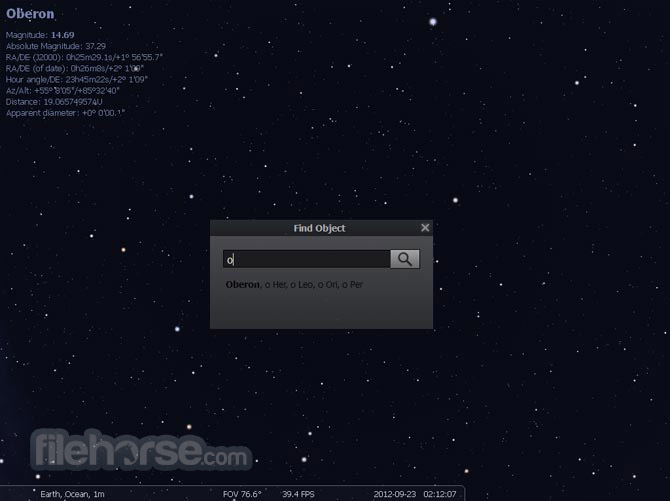

To see the the typical sky labels of American and European culture, or change to one of the others offered to see the diversity of named patterns in the sky. A menu on the left forĪllows you to change the constellations, names and associated cultural folklore. There are two celestial grids offered too that show the equatorial celestial coordinates of stars (right ascension and declination), and the local sky coordinates (altitude and azimuth). You can outline the bright stars of the constellations, add constellation names, and even overlay mythological figures to help you see the patterns by clicking on the various buttons in this menu. By default the planets will be named, and you can turn this off using the Planets labels icon that looks like Saturn. The lower menu offers options to add labels.

Identifying planets, stars, and constellations These speed forward-reverse, real time rate, and now buttons let you speed up the daily motions of the sky, and then slow them down again when you have the events in view you want to see.Ĭhange the direction you are looking by holding down the left mouse button and dragging your direction of view, or by using the updown leftright arrow keys on the keyboard.

The other is with the two arrow icons at the right of the bottom menu bar. One is with the time menu selected from the left menu bar Clock icon. You can change the date and time in two ways. The clock will still show 3 PM because that's the time where you are. Should you use the location menu to change to Rome, Italy, the sky will go dark because it's nighttime there. When you run Stellarium at 3 PM it will show the afternoon daytime sky with the Sun. For example, if you are in Baltimore, Maryland and you set up Stellarium for that site, then the computer is in the Eastern U.S. If you change your location, the time shown will still be the time at your computer, not the time at the new site. This time is the local time at your computer. The date and time will show at the lower right, based on the computer's clock. Stellarium starts with the sky over your site at this very moment. When you have selected your location the menu will show a map of Earth with an arrow pointing to your site. The location menu is also in the left menubar under the compass icon at the top left. Once you have done this and saved the configuration, Stellarium will come up at your chosen site. If you press F6 the location menu will pop up and you can select your city or put in longitude and latitude. When you or done, you can use the bottom menu bar to exit by selecting the off button.īy default you will be in Paris, France. They are hidden until you run the mouse down to the bottom or over to the left. There are two bars of menus, one at the bottom of the screen, and one on the left. You can change this by pressing the F11 key to fit it into a smaller window.
STELLARIUM ONLINE FREE FULL
Stellarium starts in full screen mode and will cover everything. You might look at the Stellarium Tour on their website for an overview and reference to these options: 7 Constellations seen from the Southern Hemisphere by Seasonįirst, there are a few things you need to know about using Stellarium.6 Constellations seen from the Northern Hemisphere by Season.If you have a Planisphere or one of the other applications on your handheld device or laptop, use it too. This lab will use Stellarium to help you learn to identify some of the prominent constellations and bright stars. Map of the sky that will show you how it appears on any date and time. If want to pursue this and learn the night sky well, old technology works great. ITunes also offers a Sky Map for iPhone and iPad for a fee.
STELLARIUM ONLINE FREE FOR ANDROID
The free Google Sky Map for Android works well, and makes use of Android device's navigation to interact with your real sky. It is also available as a paid application for Android handheld devices.
STELLARIUM ONLINE FREE SOFTWARE
Tonight's sky including artificial satellitesįor your laptop, home computer, cell phone, or tablet there are many choices.īeautiful Stellarium is free planetarium software for Windows, Mac, or Linux operating systems and online in a browser. These resources may be useful in the lab, or for later study. Identify bright stars and constellations in the night sky.


 0 kommentar(er)
0 kommentar(er)
